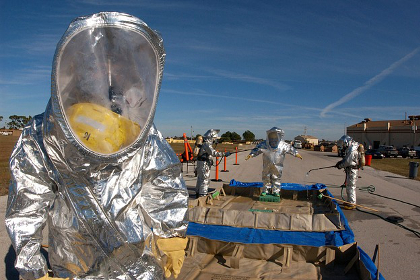
Most People Are Now Flame Retardant
In 1973, the U.S. government passed a law requiring that all children's sleepwear must be fire resistant. Legislators may have believed they were preserving public health, believing such laws help keep citizens safe. But, to borrow a phrase, the medicine is sometimes worse than the disease.
March 1, 2017 | Source: Mercola | by Dr. Joseph Mercola
In 1973, the U.S. government passed a law requiring that all children’s sleepwear must be fire resistant. Legislators may have believed they were preserving public health, believing such laws help keep citizens safe. But, to borrow a phrase, the medicine is sometimes worse than the disease.
Here’s why: Fewer than five years later, scientists discovered that the chemical used to make those flame-retardant fabrics — brominated Tris — was responsible for rising incidences of cancer. Brominated Tris was then banned in kids’ pajamas.
By 1977, other chemicals were being used to render such articles as baby toys, clothing, carpeting, sofas, draperies and even crib mattresses flame resistant. Growing realization that the chemicals were causing even more health problems led to widespread concern. Consumer Reports noted:
“In 2004, such concerns led to one of the most commonly used flame-retardant mixtures, called pentaBDE, being voluntarily phased out after it was linked to health problems and was detected in alarming levels in people’s bodies. Many manufacturers began to use organophosphates in their place.”1
But a new, comprehensive study led by Duke University2 revealed that two flame-retardant chemicals in a class called organophosphates are showing up in peoples’ urine. Worse, the two most commonly used organophosphates, TDCIPP and TPHP, have risen steadily in urine samples collected between 2002 and 2015.
Experts say the reason this is an issue is because these substances cause not just cancer, but fertility problems, hormonal changes, thyroid regulation, neurological disorders and endocrine disruption.
